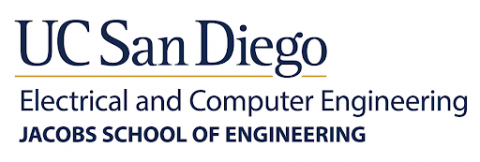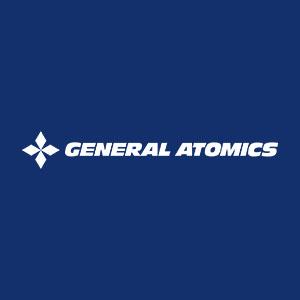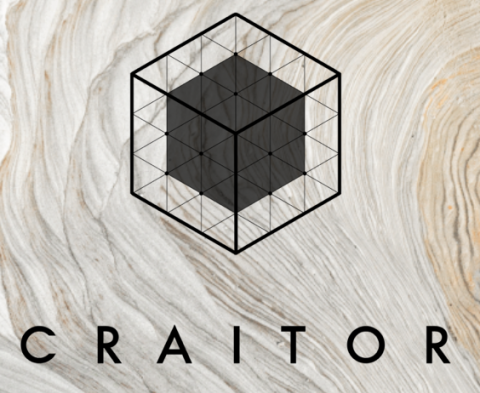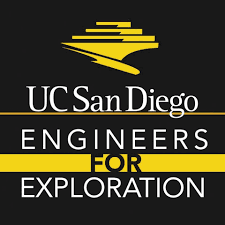Previous ASME Award Winner
Recent Departmental Runner Up Awards
Capstone Design Projects
Solar Turbines Alignment Mechanism
2020-2021 - Spring
Team: 5
Team Members
Nigel Coseip
Alberto Guardado
Vicente Lopez-Espinosa
Daniel Lopez Villa
Nicholas Pereyda
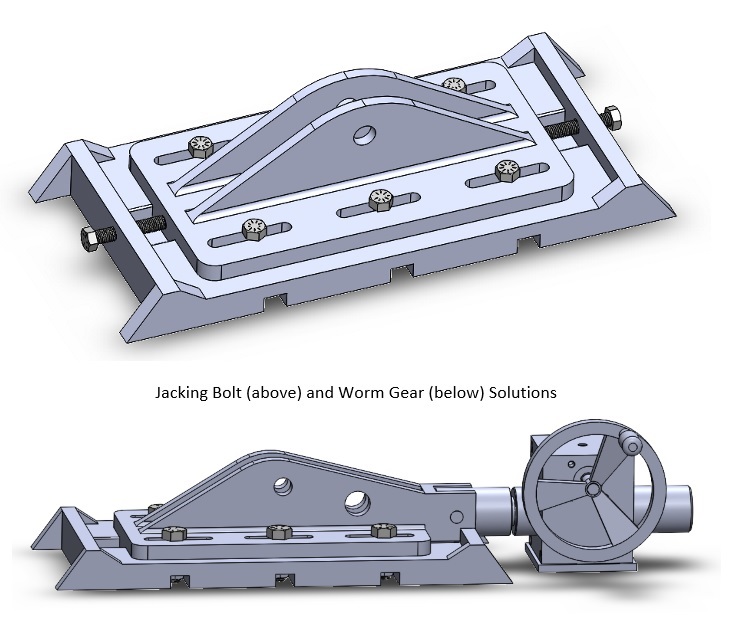
Precision Hydrogel Injector
2020-2021 - Spring
Team: 10
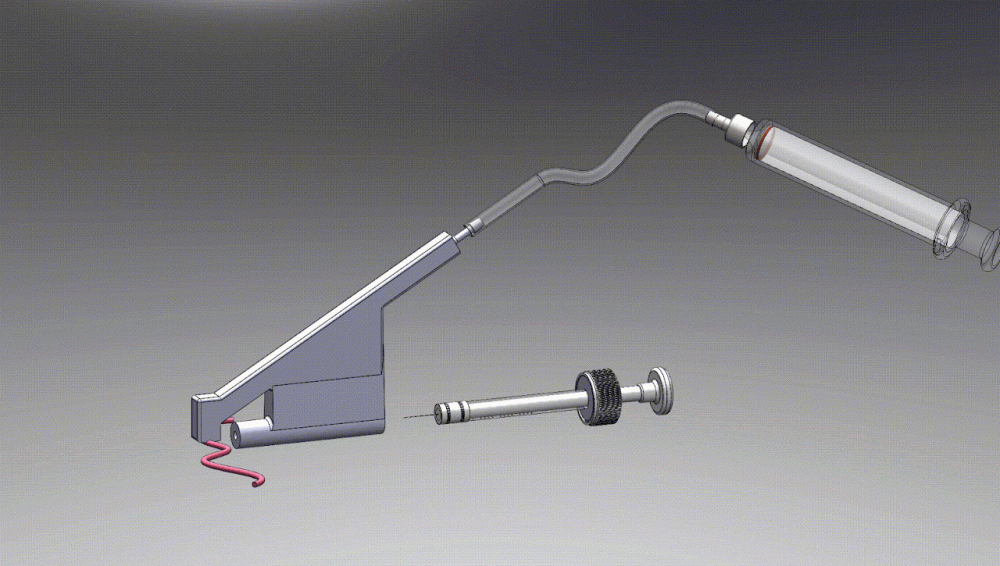
Trifinger Robot
2020-2021 - Winter
Team: 3
Team Members
Jan Dustin Tengdyantono
Jonathan Goenadibrata
Joseph Murad
Sebastian Podiono

Wheelchair Accessible Tesla Project
2020-2021 - Spring
Team: 3
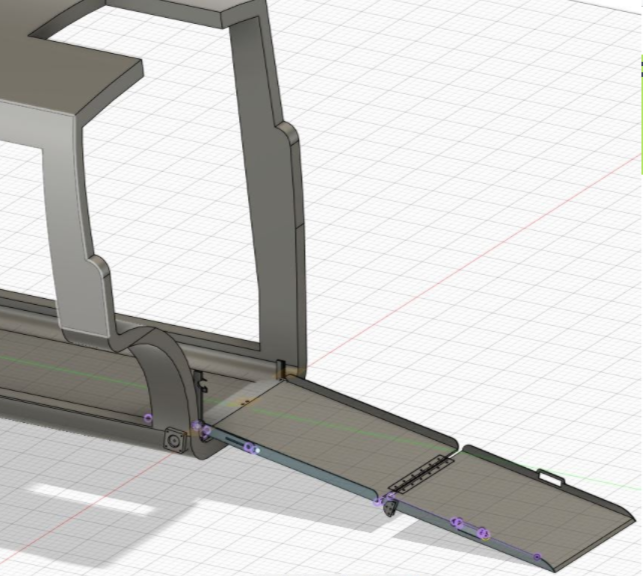
General Atomics: Robotic Handling
2020-2021 - Spring
Team: 13
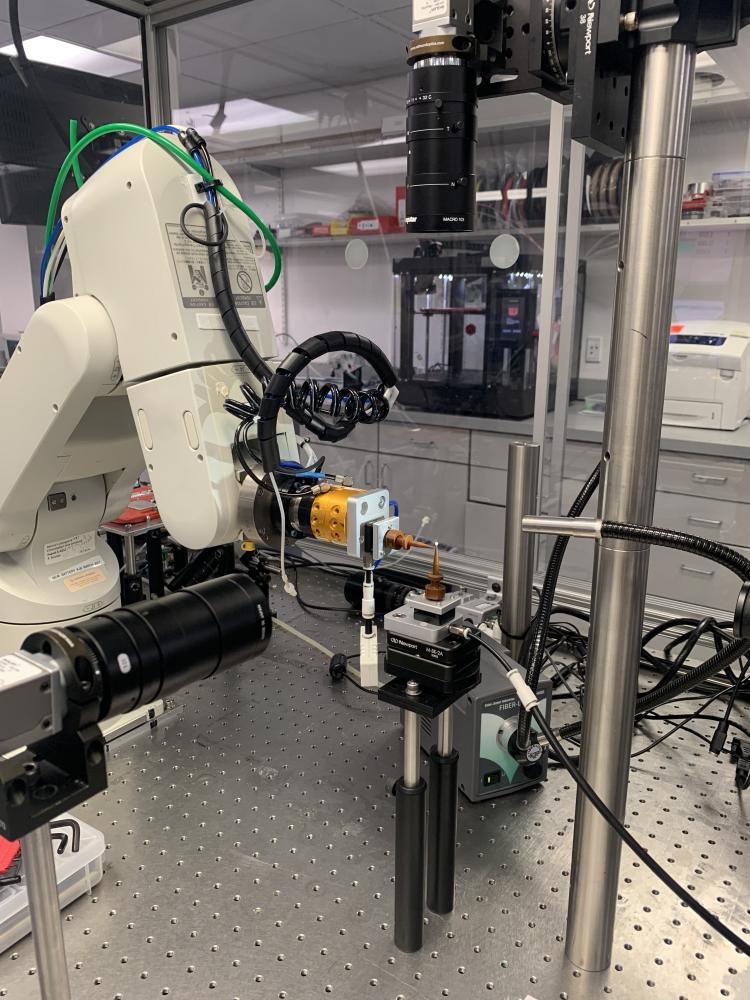
Hamud Universal Upright Vehicle Rack
2020-2021 - Spring
Team: 29
Formula SAE Traction Control
2020-2021 - Spring
Team: 12
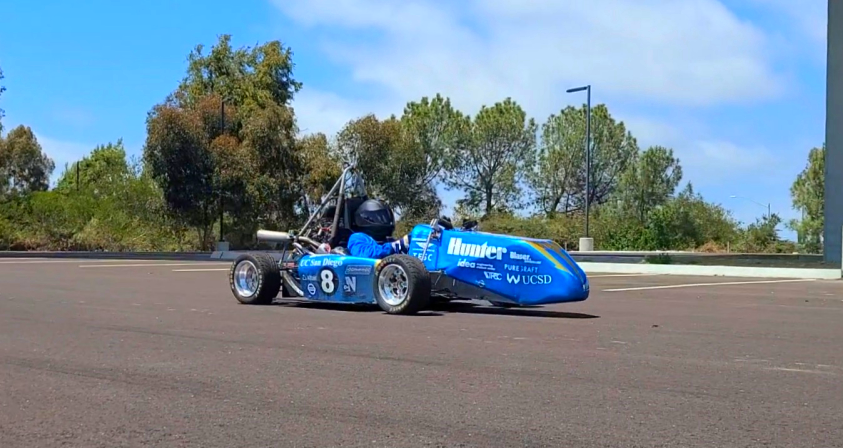
XLence AM 3D Inertion Printer
2020-2021 - Spring
Team: 27
Team Members
Team Member 1: Adan Ruiz
Team Member 2: Puning Zhu
Team Member 3: Kennan Gonzales
Team Member 4: Bradley Robison
Team Member 5: Martyn Lizarraga
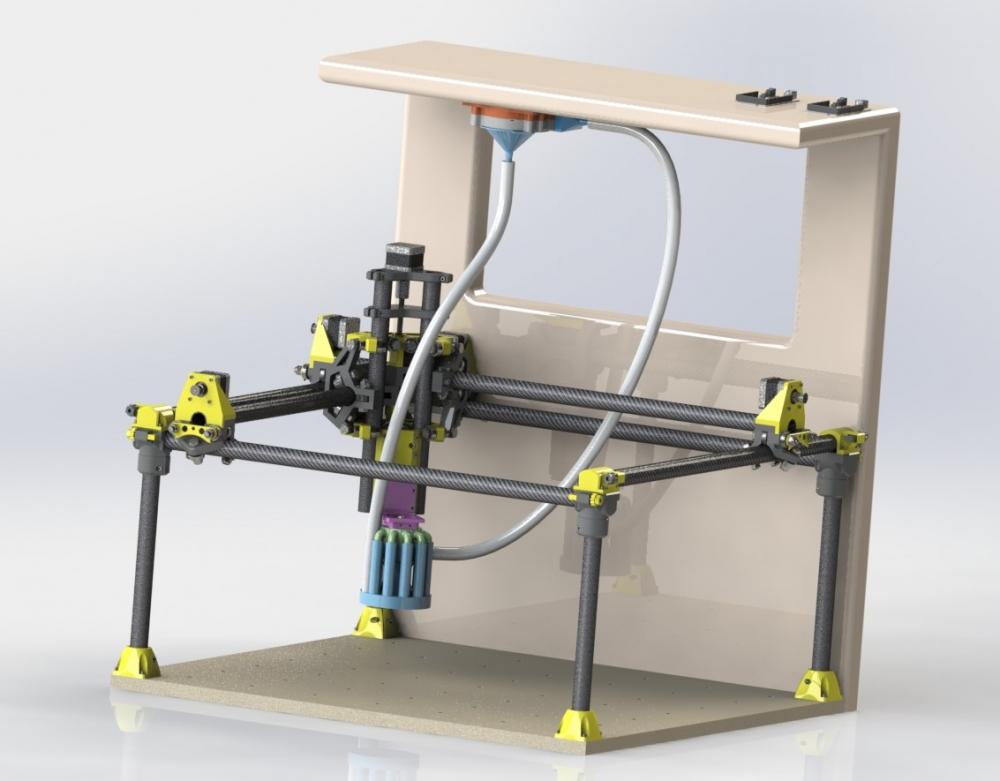
Improving Automated COVID-19 Testing Workflows: Pipette Challenge
2020-2021 - Spring
Team: 32
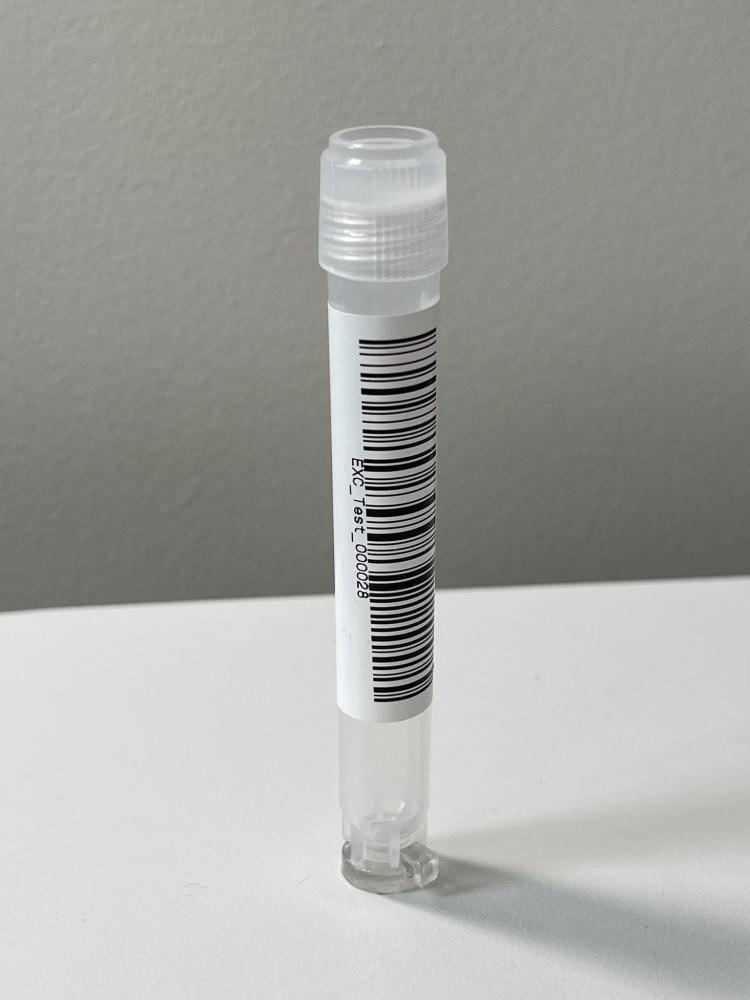
Cohu Temperature Control
2020-2021 - Spring
Team: 20
Team Members
Nathan Zager
Matthew Soohoo
Harrison Lew
Emmanuel Gharehbekloo
Ronald Law
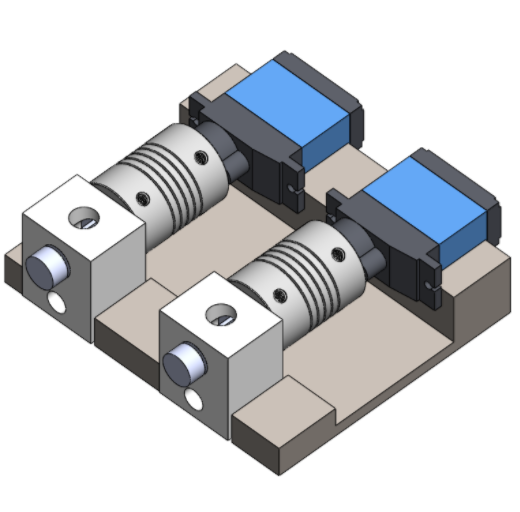
Development of Advanced Hose Clamp
2020-2021 - Spring
Team: 18
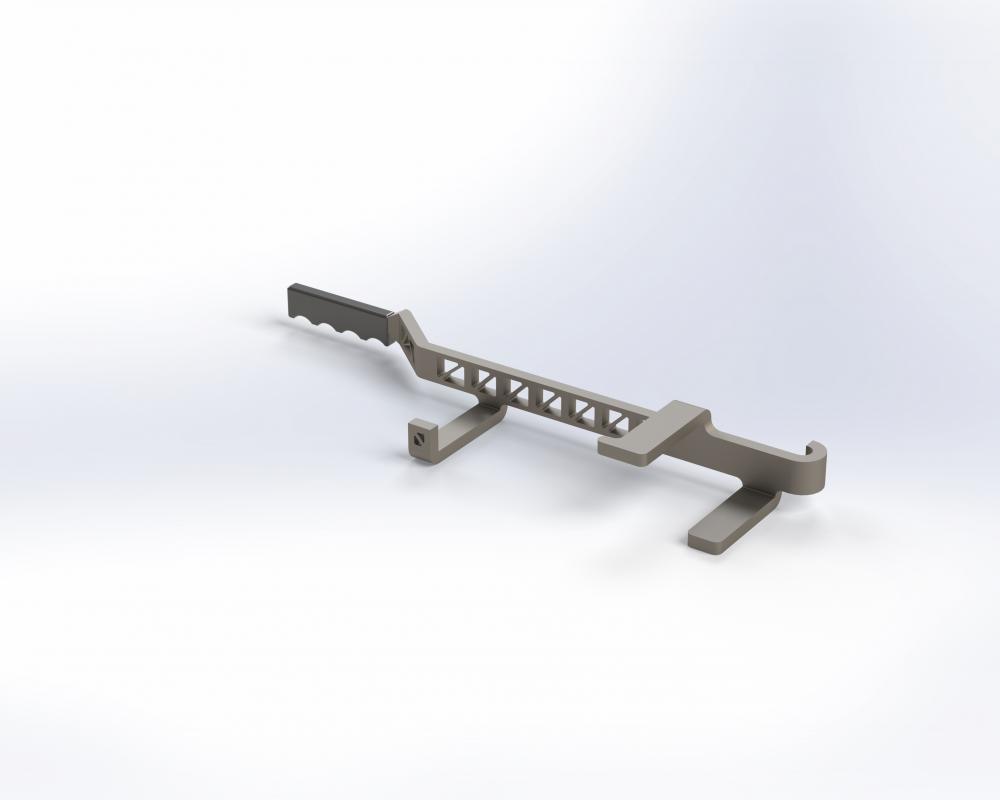
Solar Turbines: Ancillary Quick Disconnect
2020-2021 - Spring
Team: 16
Cerebellar Dependent Learning
2020-2021 - Winter
Team: 19
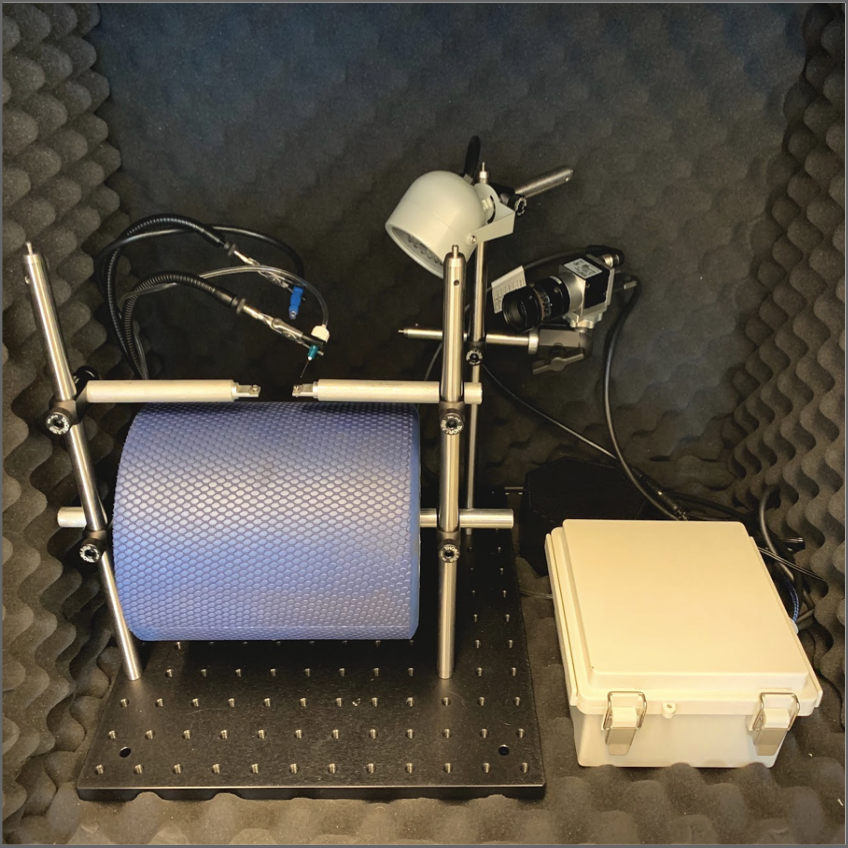
Automated Control of Material Structure with Electrical Impedance Monitoring
2020-2021 - Spring
Team: 4
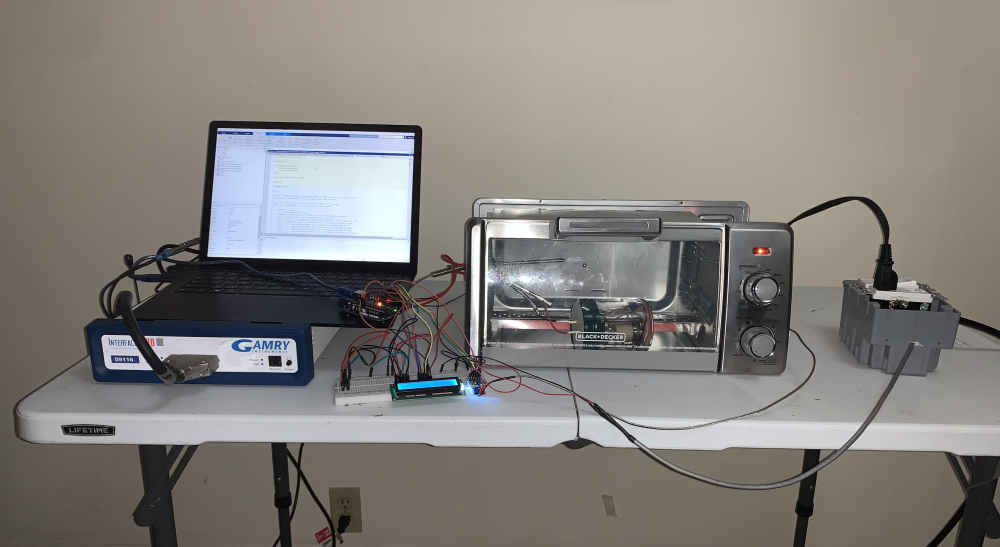
UCSD Medical - Blood Pressure Cuff
2020-2021 - Spring
Team: 9
Team Members
Austin Chung
Albert Hernandez
Jeffrey Onuma
Jordan Wong
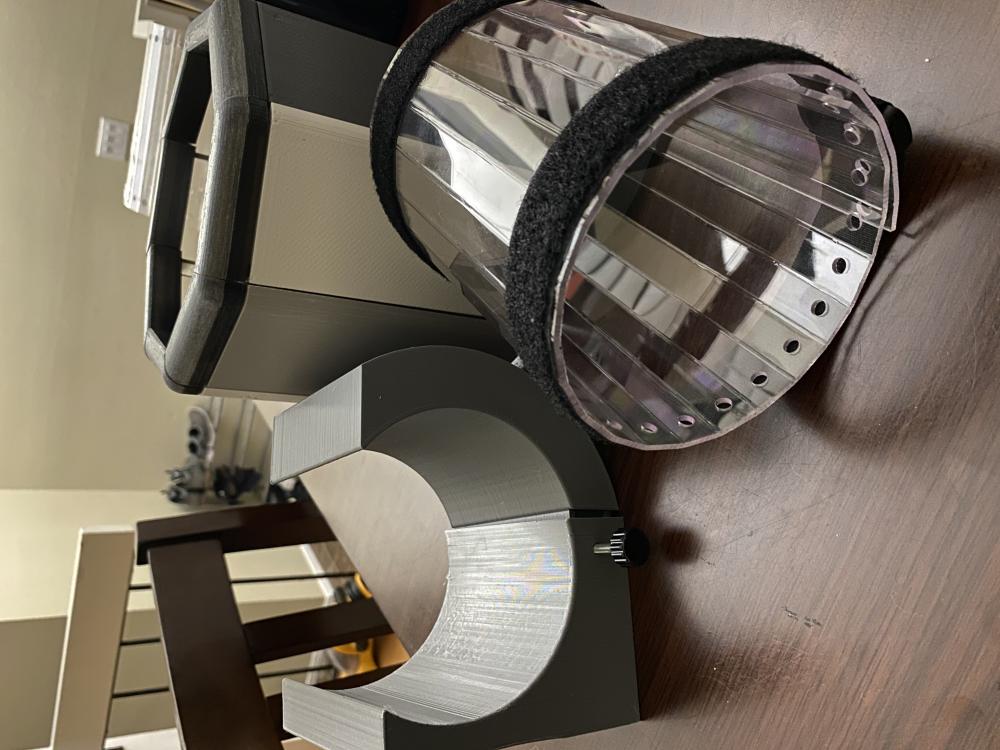
Articulet: An Articulating Endotracheal Tube Stylet
2020-2021 - Spring
Team: 36

Precious Plastic
2020-2021 - Winter
Team: 17

Endoscopic Tissue Stapler
2020-2021 - Spring
Team: 34
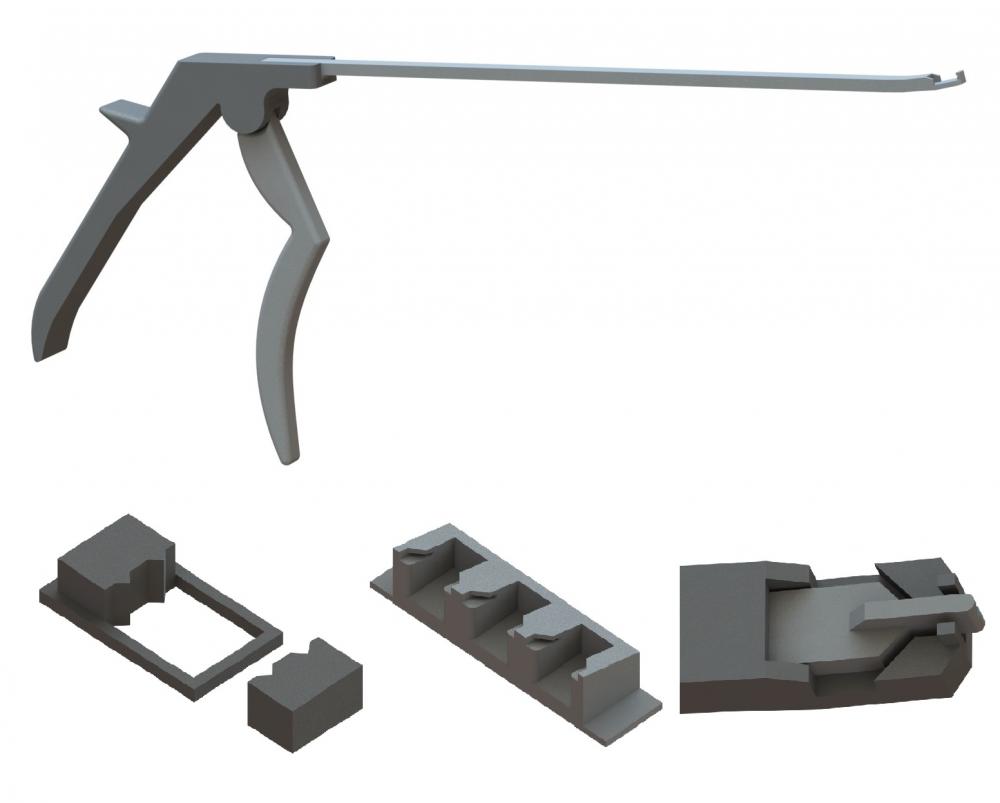
Endoscope Torque Applicator
2020-2021 - Spring
Team: 35
Adjustable Head Mount for Augmented Reality Facial Motion Tracking System
2020-2021 - Winter
Team: 15
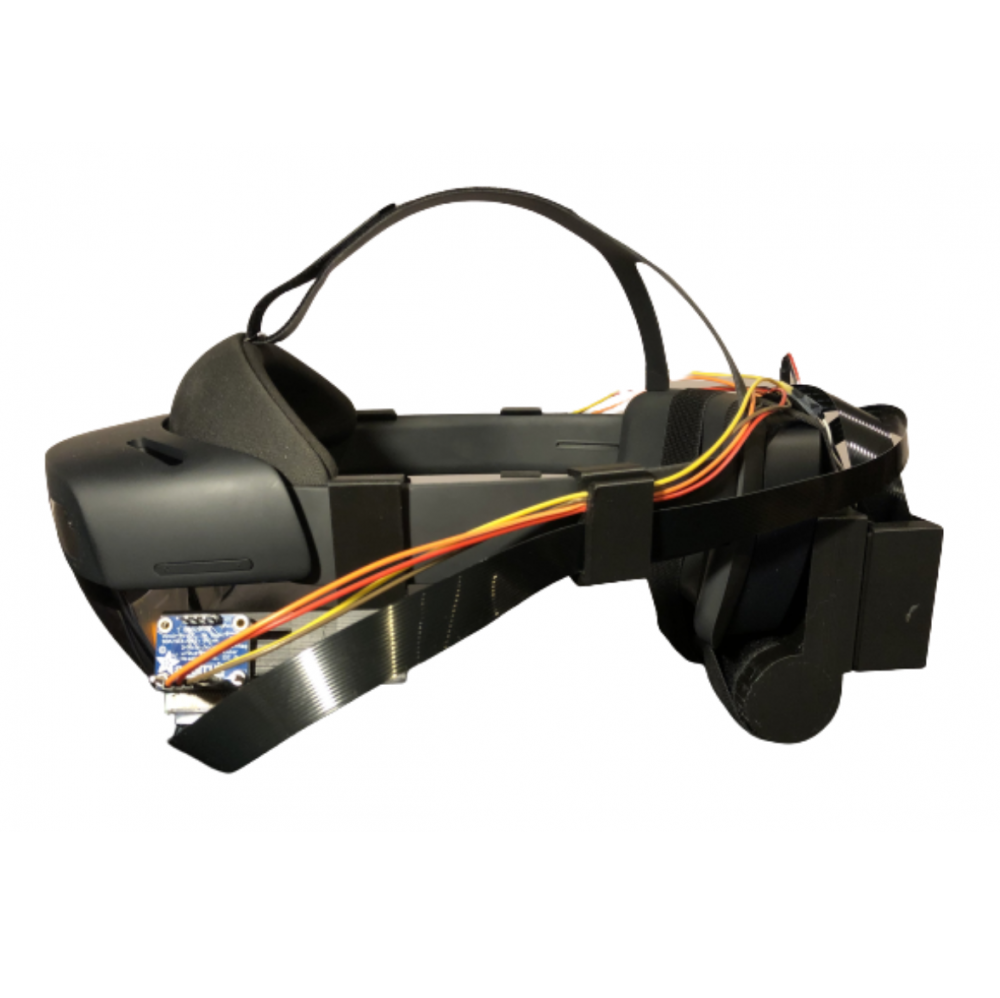
Tongue Touch Mouse & Keyboard
2020-2021 - Spring
Team: 8
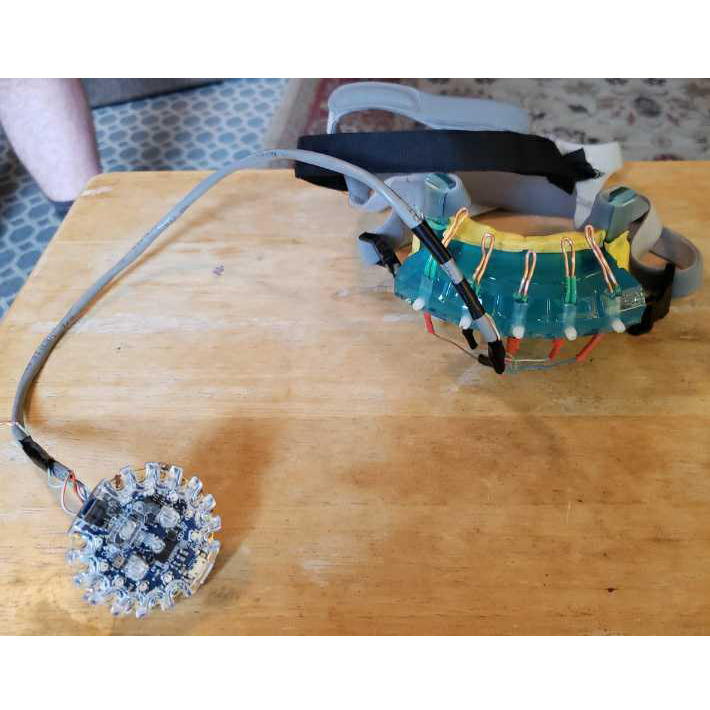
UCSD MED - Autoinjector for Ultrasound Guided Nerve Blocks
2020-2021 - Spring
Team: 31
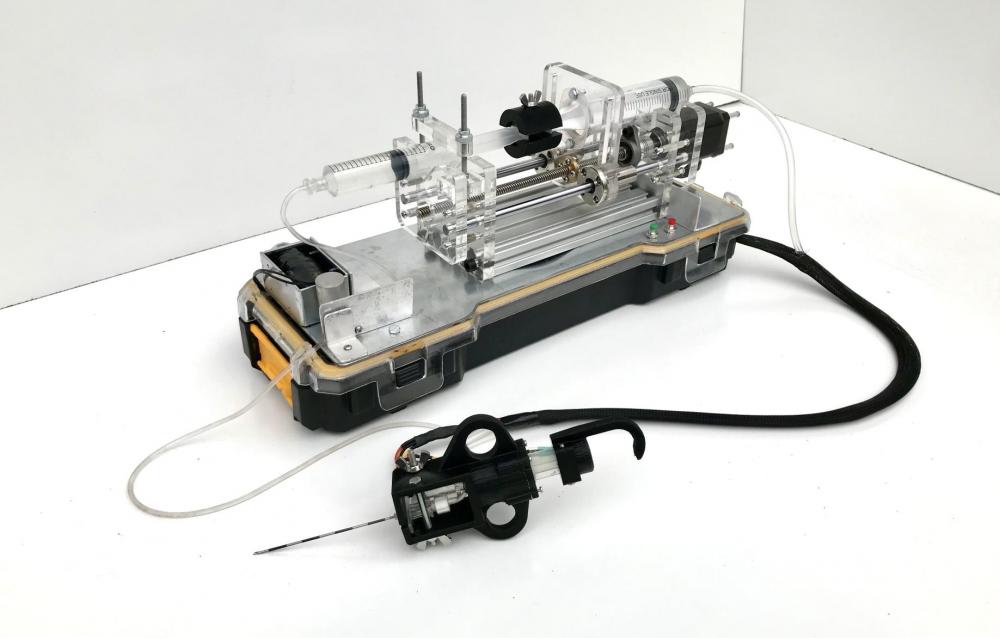
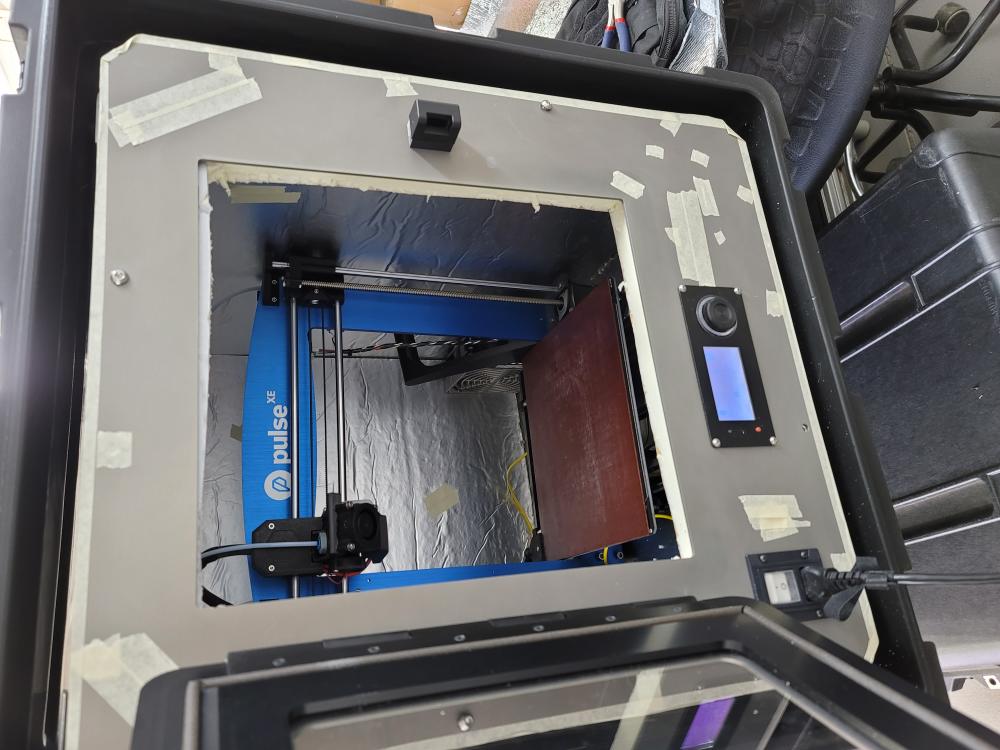
DIII-D DiMES Port Rod Ablation System
2020-2021 - Spring
Team: 17
Team Members
Michael Hanson
Jason Escalera
Hadith Taheri
Daniel Zubovic
Caitlin Villareal
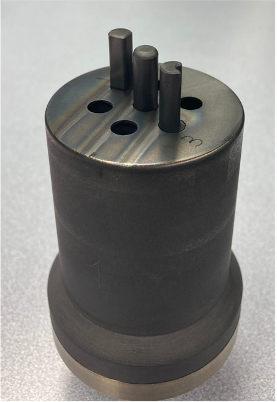
Bike Helmet Task Light
2020-2021 - Spring
Team: 15
Hair Snag Project
2020-2021 - Spring
Team: 28

Automated Solubility Measurement
2020-2021 - Spring
Team: 25
Team Members
Owen Cruise
Yaxin (Cindy) Guan
Kristin Hartsfield
Brandon Lansang
Cade Wohltman
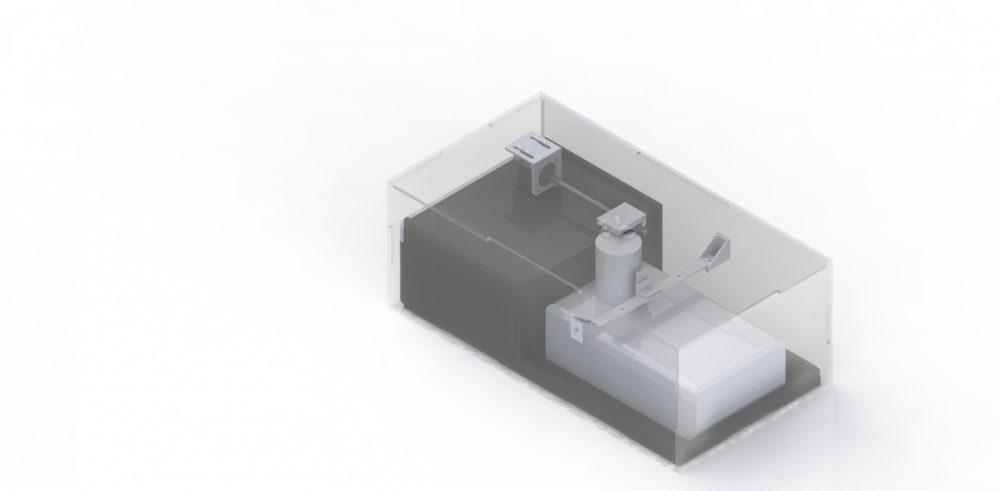
Wearable Countermeasure Device
2020-2021 - Spring
Team: 30
Team Members
Nicholas Ashforth
Nathan Burdick
Keva Chin
Nathan George
Mario Miguel
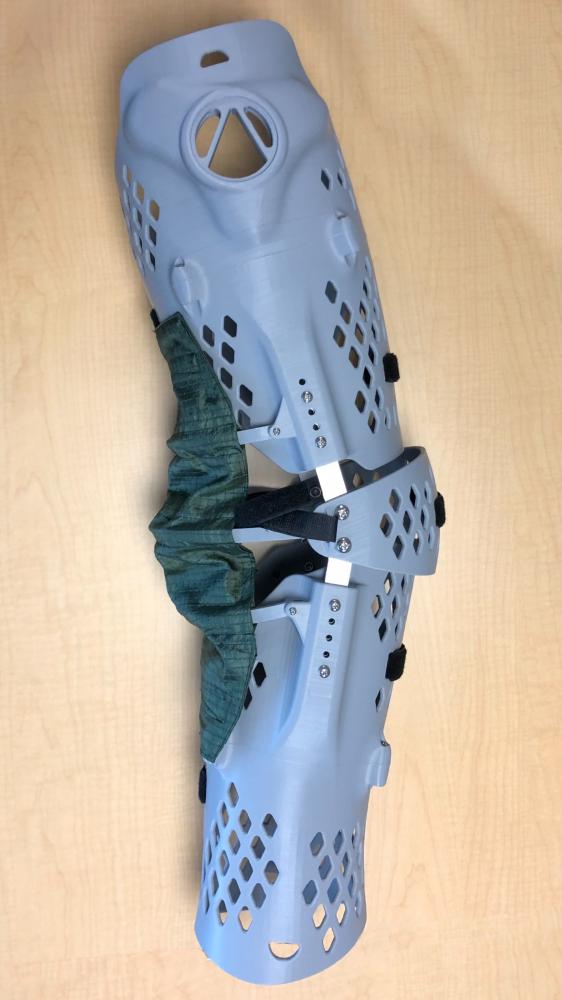
2 Stage Refrigeration
2004-2005 - Spring
Team: 11
Team Members
Jozefik Zoltan
Roy Z. Li
Tom Y. Lee
Jayson Q. Shi
Non-contact Temperature Control
2004-2005 - Spring
Team: 12
Team Members
Jason Poulos
Wendy Chen
Nicholas Matteson
Kyaw Win


